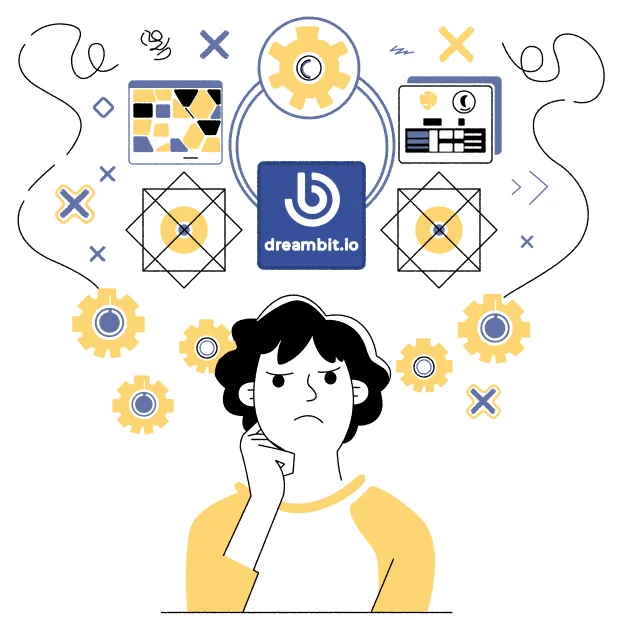Friends, the Dreambit staff has something to talk about that tends to be forgotten when it comes to creating a mobile application: the life of the application after it goes live. Everyone focuses on the launch, but success begins afterward.
𝐖𝐡𝐲 𝐝𝐨𝐞𝐬 𝐦𝐚𝐢𝐧𝐭𝐚𝐢𝐧𝐢𝐧𝐠 𝐚𝐩𝐩𝐬 𝐫𝐞𝐦𝐚𝐢𝐧 𝐬𝐨 𝐢𝐦𝐩𝐨𝐫𝐭𝐚𝐧𝐭? ⚙️
Envision buying a car and never having it serviced. How long would it last? The same applies to mobile apps.
Our own experience bears this out: projects we maintain for a year following release add an average of 43% more active users to their base compared to those abandoned without updates.
𝐖𝐡𝐚𝐭 𝐝𝐨𝐞𝐬 𝐦𝐚𝐢𝐧𝐭𝐚𝐢𝐧𝐢𝐧𝐠 𝐚 𝐦𝐨𝐛𝐢𝐥𝐞 𝐚𝐩𝐩𝐥𝐢𝐜𝐚𝐭𝐢𝐨𝐧 𝐢𝐧𝐯𝐨𝐥𝐯𝐞? 🔧
Let us consider the principal factors involved in quality maintenance:
1. Technical Maintenance
• API and server monitoring
• Error diagnosis and correction for different users
• Enhancing performance and resource utilization
• Staying current with new versions of iOS and Android
2. Functionality Improvements
• Implementing new features based on user feedback
• Designing core functions for better usability
• Adapting to new market and user specifications
• Embracing new technologies (e.g., our new path in AI)
𝐇𝐨𝐰 𝐨𝐟𝐭𝐞𝐧 𝐬𝐡𝐨𝐮𝐥𝐝 𝐲𝐨𝐮 𝐮𝐩𝐝𝐚𝐭𝐞 𝐲𝐨𝐮𝐫 𝐚𝐩𝐩? 📱
The optimal update frequency depends on the type of app, but our experience suggests the following recommendations:
• Critical patches — right away
• Functional updates — every 2-4 weeks
• Significant interface updates — every 3-6 months
• Full redesign — every 1.5-2 years
𝐌𝐚𝐢𝐧𝐭𝐞𝐧𝐚𝐧𝐜𝐞 𝐂𝐨𝐬𝐭𝐬: 𝐖𝐡𝐚𝐭 𝐭𝐨 𝐄𝐱𝐩𝐞𝐜𝐭? 💸
Most clients underestimate the budget required for maintenance. Based on our experience, the annual maintenance budget typically ranges between 15-30% of the initial development cost.
One of our e-commerce clients allocated 20% of their development cost to maintenance over the year and saw an 87% increase in app revenue.
𝐌𝐚𝐢𝐧𝐭𝐞𝐧𝐚𝐧𝐜𝐞 𝐏𝐥𝐚𝐧𝐧𝐢𝐧𝐠: 𝐖𝐡𝐞𝐧 𝐭𝐨 𝐒𝐭𝐚𝐫𝐭? 📊
One of the biggest mistakes businesses make is thinking about maintenance only after launch. In reality, planning for maintenance should begin during the development process.
At Dreambit, our approach includes:
• Preparing documentation for developers
• Setting up an error monitoring system
• Integrating analytical tools
• Developing an update strategy for the first 6 months
Thank you for staying with us until the end!
This website uses cookies so that we can provide you with the best user experience possible. Cookie information is stored in your browser and performs functions such as recognising you when you return to our website and helping our team to understand which sections of the website you find most interesting and useful.






